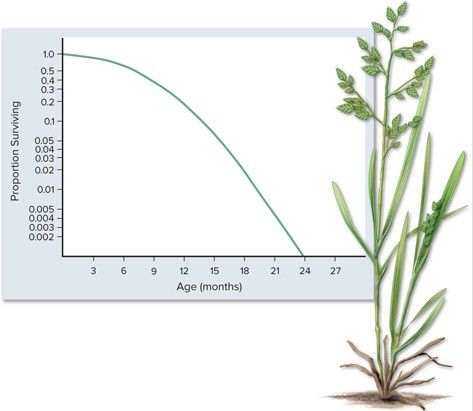In the figure above, comparing the two competing hypotheses for the evolutionary relationships among mammalian groups:
a. the placentals and marsupials are sister groups under the Theria hypothesis, and the monotremes and marsupials are sister groups under the Marsupionta hypothesis.
b. the monotremes and marsupials are sister groups under the Theria hypothesis, and the placentals and marsupials are sister groups under the Marsupionta hypothesis.
c. the monotremes and marsupials do not form sister groups under either the Theria hypothesis or the Marsupionta hypothesis.
d. the monotremes and marsupials form sister groups under both the Theria hypothesis and the Marsupionta hypothesis.
A
You might also like to view...
Lymph capillaries are smaller in diameter than blood capillaries
Indicate whether the statement is true or false.
After DNA replication is complete, each strand of the original molecule is bound to a new complementary strand. This process is known as
A. dispersive replication. B. disruptive replication. C. conservative replication. D. stabilizing replication. E. semiconservative replication.
What is the most reasonable conclusion that can be made from data graphed in the figure? 
A. After high mortality early in life, survivorship becomes constant for the rest of life. B. After following a constant rate early in life, mortality becomes low late in life. C. Survivorship is constant throughout life. D. After low mortality early in life, mortality increases to a constant rate for the rest of life.
An individual's ability to fight off infection is called:
A) virulence. B) immunity. C) host resistance. D) communicability.